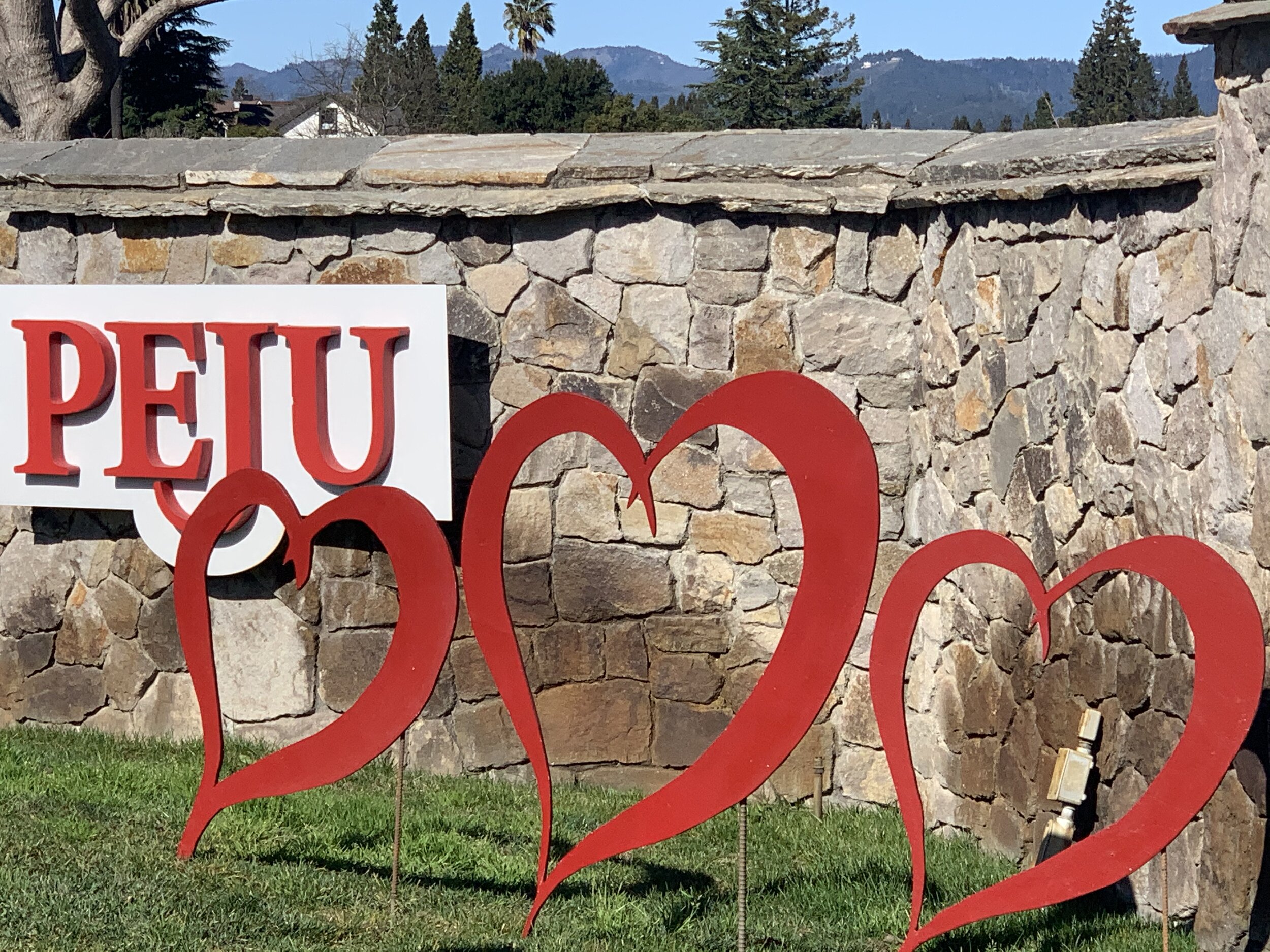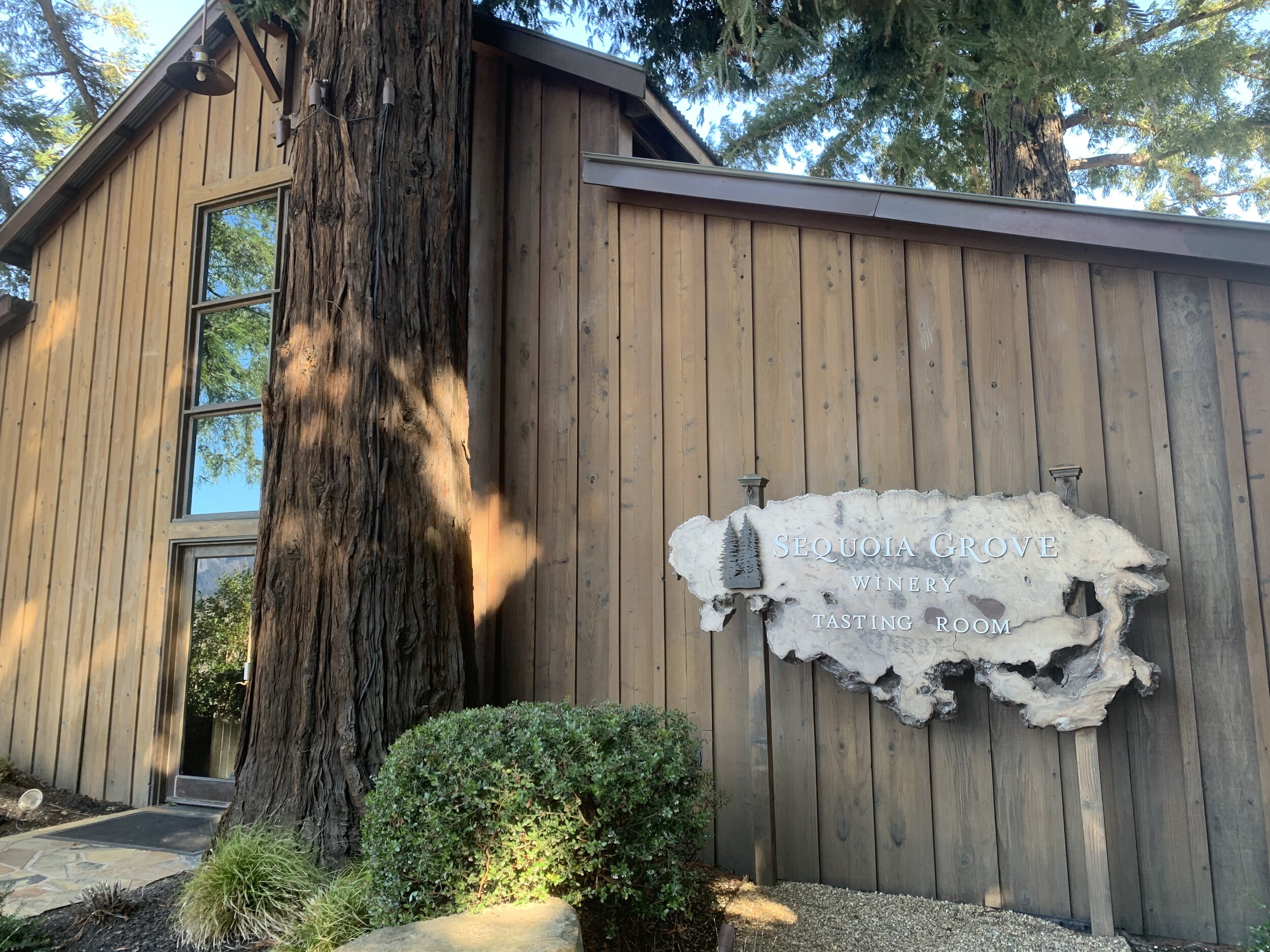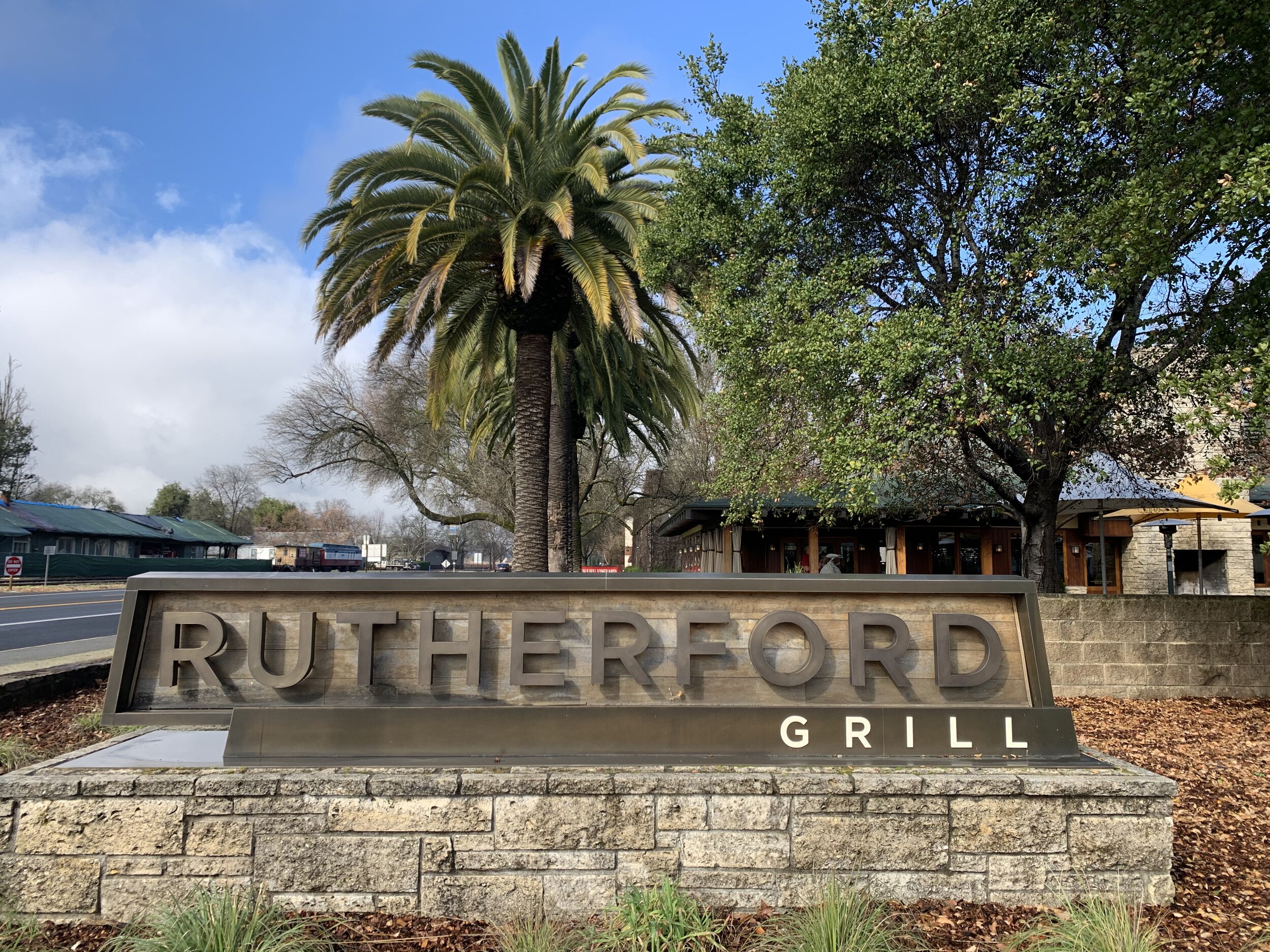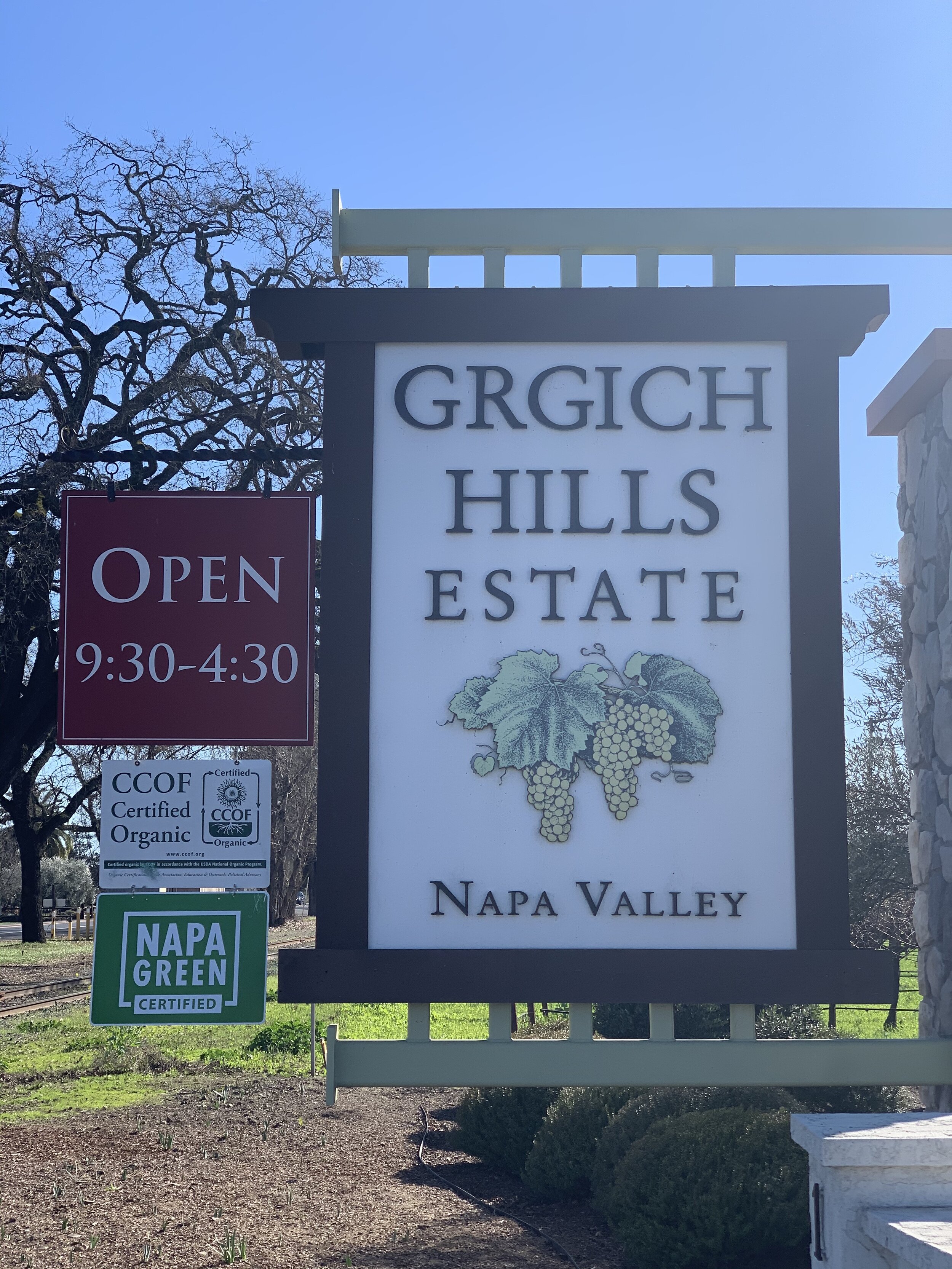








Rutherford AVA
History
The Rutherford AVA was established in 1993, but its history in the wine world goes back much further. George Yount was an explorer and pioneer who settled here in 1838, having been granted over 11,000 acres from General Vallejo as payment for services rendered. Yount had 3 Granddaughters, and one of them married Thomas Rutherford in 1864. As a wedding gift, they received 1,040 acres at the Northern end of that land.
Yount may have been the first to plant grapes here, but it was Rutherford who invested heavily into winemaking, and from 1850-1880 he made a name for himself growing and producing high quality wines.
After Younts death, Gustave Niebaum purchased Rutherford land and opened Inglenook-a winery with a rich history all its own. In 1900 George de Latour entered the picture and purchased land adjacent to Inglenook, and that is where Beaulieu (“Beautiful Place”) still stands today.
Once Prohibition ended in 1933 Beaulieu began receiving attention from all over the world for his phenomenal wines, and the Rutherford AVA continues to do so today.
Climate and Soil
The elevation here ranges from 155-500 feet, significantly lower than many of the AVA’s we’ve covered so far. It’s fairly warm, though touched by morning fog. It is cooler on the Western side since it receives less afternoon sun and cool winds from the ocean. The temperatures peak in the mid 90’s during the summer months.
Unlike many of the other AVA’s we’ve covered, Rutherford AVA has good water retention. The Western soil is sedimentary, gravelly, sandy, and fairly fertile. The Eastern soil is more volcanic, deeper, and considerably more fertile.
The Grapes
The wine here is world renown. Cabernet is definitely the most planted grape, but you will also find Merlot, Cabernet-Franc, and Zinfandel. You’ll taste intense cherries, a lot of minerality, and of course-the “Rutherford Dust”. This is a quality completely unique to Rutherford wines. Winemaker Mike Smith describes it as“…a powdery ‘fine dusty tannin’ effect with hints of plump cocoa powder.’ Once you taste it you’ll know it-and be able to recognize a Rutherford wine from then on.
Chances are good that you’ve come across some of the names that stem from this AVA, such as Beaulieu Vineyard, Bello Family Vineyards, and Caymus Vineyards. These are wines that make you want to sit around a table full of food with friends and family well into the night. -Lea Gourley

